I am trying to extract from a big graph the sub-graph of all connected nodes containing a specific node.
Is there a solution in the Networkx library?
[EDIT]
My graph is a DiGraph
[EDIT]
Rephrased simply:
I want the part of my graph that contain my specific node N_i and and all the nodes that are connected directly or indirectly (passing by other nodes) using any incoming or outcoming edges.
Example:
>>> g = nx.DiGraph()
>>> g.add_path(['A','B','C',])
>>> g.add_path(['X','Y','Z',])
>>> g.edges()
[('A', 'B'), ('B', 'C'), ('Y', 'Z'), ('X', 'Y')]
My desired result would be:
>>> g2 = getSubGraph(g, 'B')
>>> g2.nodes()
['A', 'B', 'C']
>>> g2.edges()
[('A', 'B'), ('B', 'C')]


